Badr El Hammami
Off-screen
“What is achieved in exile is forever diminished by the feeling of having lost something, left behind forever”
Edward W. Said, Reflections on Exile, 2000.
Departing. Leaving your home, your nearest and dearest, and your culture. Crossing the sea, crossing borders. Existing as a foreigner, somewhere else that you have not chosen. Not cutting ties. Nurturing memories. Nostalgia. Dreaming of a return. Departures are part and parcel of human history. They involve sacrifices, hope, money, and complicated feelings caused by an interstitial , in-between situation. It is in this space, which is hard to determine and identify, that Badr El Hammami develops his visual, critical and conceptual line of thinking. Part of his family, hailing from the Rif, in northern Morocco, left that country and settled in France in the 1960s and 1970s. The artist is specifically interested in the means of communication between those who left and those who stayed in Morocco. Because illiteracy is widespread, messages initially travel by word of mouth. In 1961, Phillips marketed a radio-cassette player. This device would become a quintessential tool for recording conversations between one family and another. Audio-tapes cross borders, conversations are constructed in the time taken by these postal to-ings and fro-ings. Into the tape boxes are slipped photographs and other small documents which, over time, will become the archives of a diaspora.
Badr El Hammami collects the audio-tapes of members of his own family. Through private conversations a collective history is traced—conversations of migrants during one and the same period of time. His father and his mother talk about everyday life in France and in the Rif, about being separated, about goings-on, the first workers’ demonstrations, centres, Sonacotra hostels, injustices. Since 2010, based on these archives, the artist has been constructing the project titled Thabrate, which, in Berber, literally means “the letter”. So he brought together the audio-tapes, the photographs, the diaries and the daily objects. A few years later, with his friend Fadma, Badr El Hammami reproduced a magnetic correspondence. Together they exchanged five audio cassettes. At the same moment, the artist started a collection of postcards, another cheap communication tool. Since the 19th century, the postcard has been a conveyor of fantasy and propaganda (military, colonial, conservative, etc.). The artist discovered that one of the earliest postcards complete with a photograph was printed in 1906. The picture shows the city of Strasbourg on fire. The sub-Saharan people sent to Europe are the harraga, “those who burn”. Once arrived, they burn their passports, and the tips of their fingers to damage their finger-prints. By this burning, they upset the system. Badr El Hammami’s burnt postcards summon up a set of overlapping histories and time-frames. With the help of a cigarette lighter and some paint, the artist represents fires on the surface of idyllic images. The augmented images make reference to past and present wars, but also to a strange presence. While tourists loll in the sun on their deck-chairs, the hotel in the background is in flames. It is impossible not to think of the present-day cynicism about the daily arrival of refugees in France, in Spain, in Italy and other European countries. The postcards refer to these strange presences which society does not want to look in the face. Burning is the metaphor of the foreigner, the stranger. “The Other may be the Arab, the Black, but also the homosexual, the unemployed, all those who are not included in the framework for accrediting people who are identified, and who accordingly see themselves being expelled into the off-screen realm. Leaving frameworks means being undone as a receivable subject, it means becoming someone inadmissible, whose voice is in the process of being deleted, suspected of being a counterfeiter’s voice. The foreigner or stranger is thus an everyman who has stopped being as much for want of being in compliance with the nation’s norms”.1
In 2017, Badr El Hammani produced a work titled Game of Chess. It is a sculpture depicting a chess board measuring more than 13 feet in length. The board is cut in two by a white wall which prevents the black pawns and the white pawns from meeting. At first glance, the game is literally held in check. The work summons up several notions: territories, the border, the wall, separation, weight, distance and blocked communication. Yet we must play this game of chess in order to invent strategies for bypassing an apparently thwarted and difficult situation. What is thus involved is creativity and disobedience, to deal with the impossible. In this in-between space, on either side of the frontier, Badr El Hammami invites us to encounters, negotiations, resistance, and the circulation of words, bodies, histories and memories. Through his works, the individual narratives encounter a collective history of plural migrations the memory of which is damaged, fragmented, silent. The artist thus remedies the relentless erasure of these narratives rendered invisible.
Translated by Simon Pleasance & Fronza Woods
Note :
1. Le Blanc, Guillaue, Dedans, dehors: la condition d’étranger, Paris, Seuil, 2010, pp.12-13.
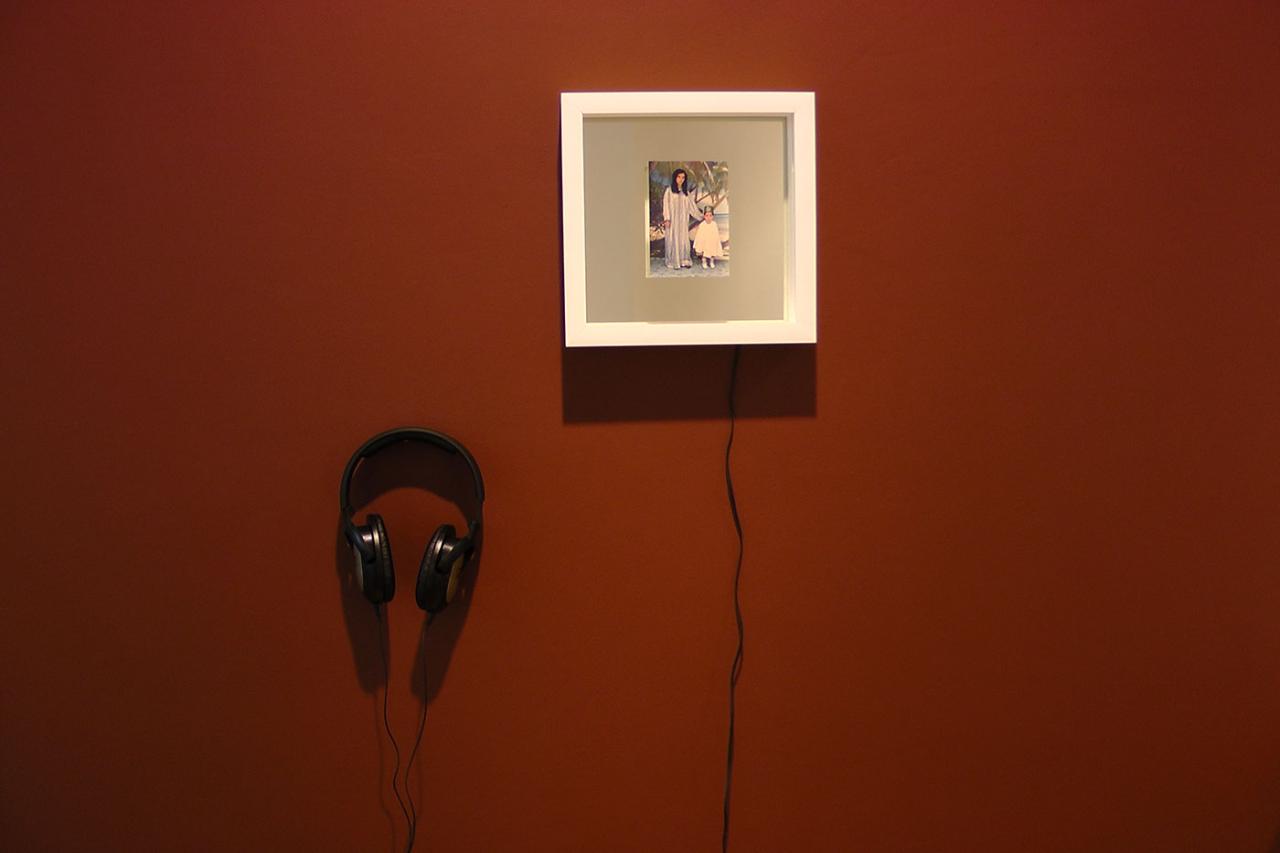
Exhibition view, artconnexion, Lille, 2019
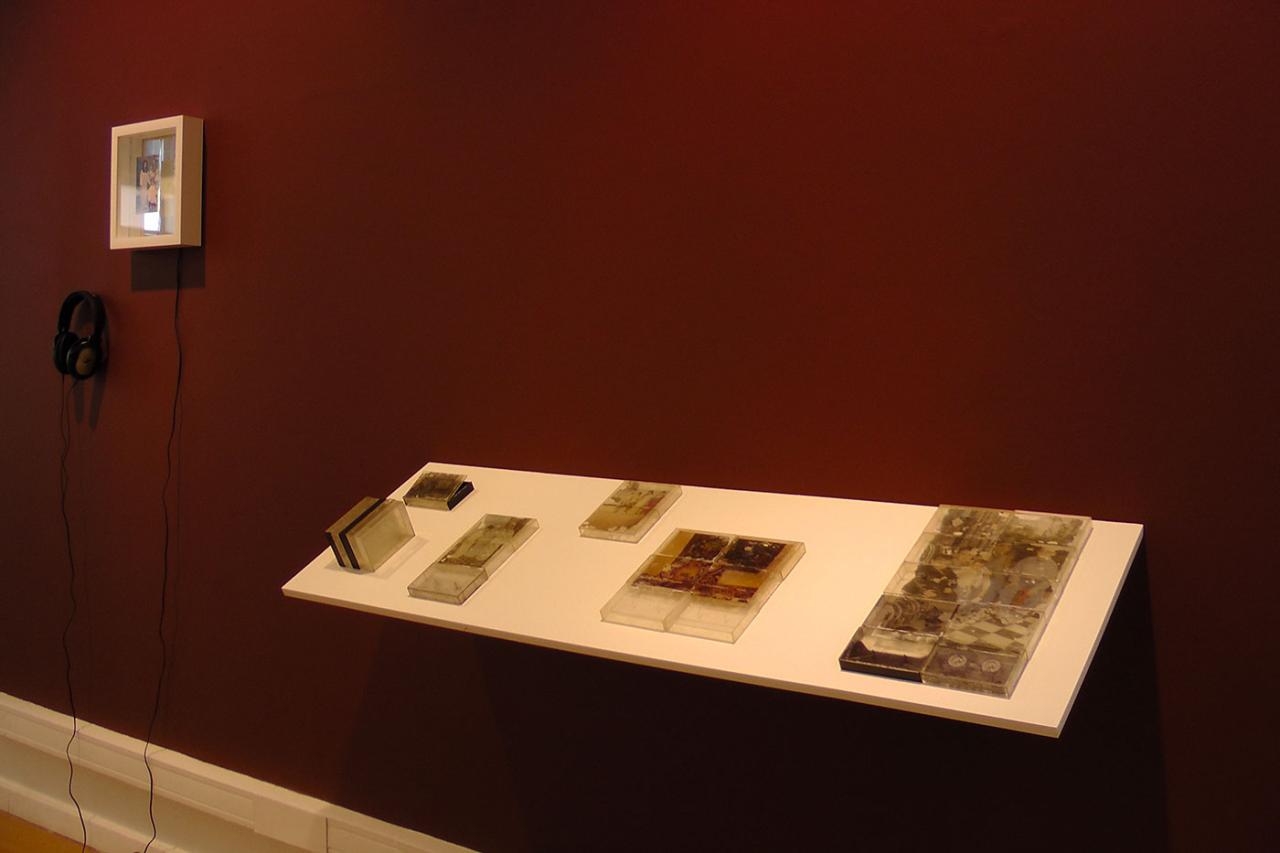
Exhibition view, artconnexion, Lille, 2019
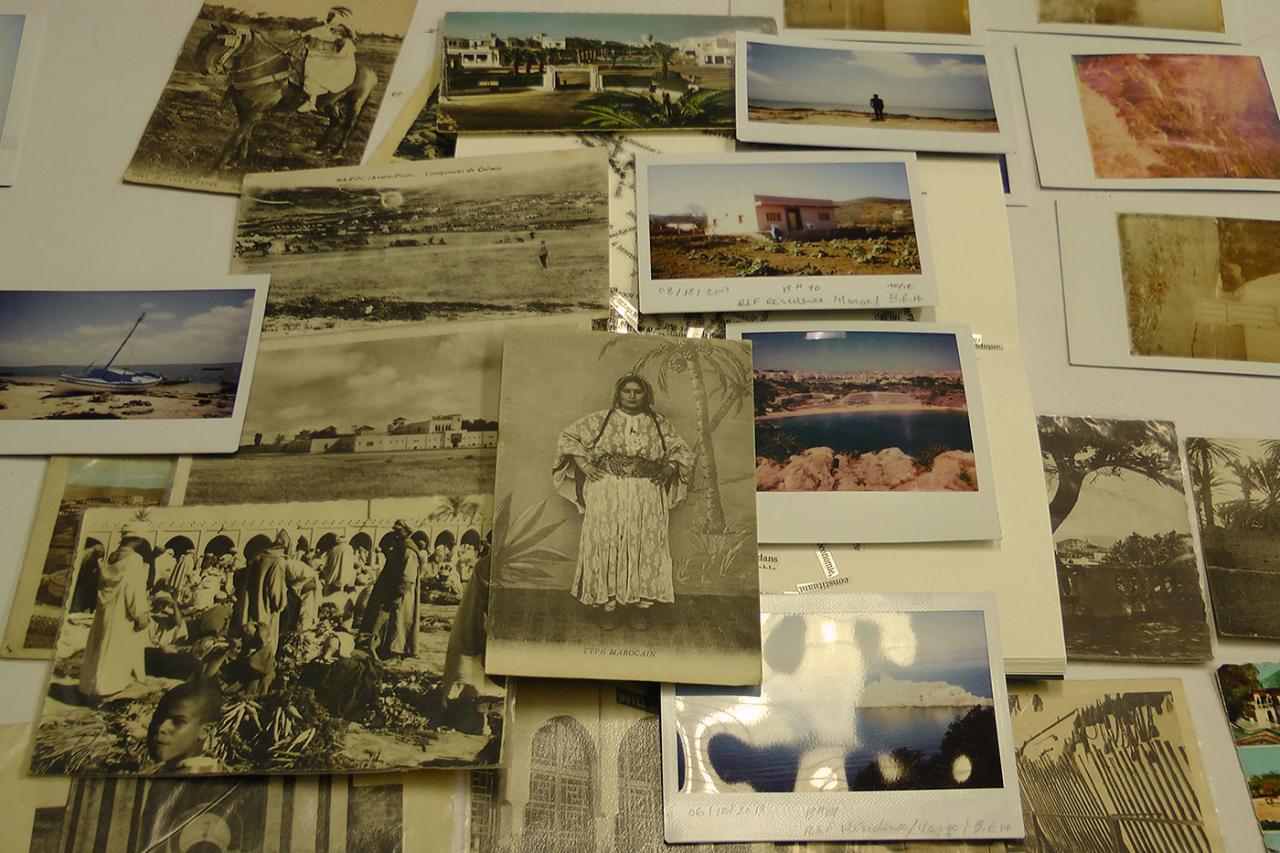
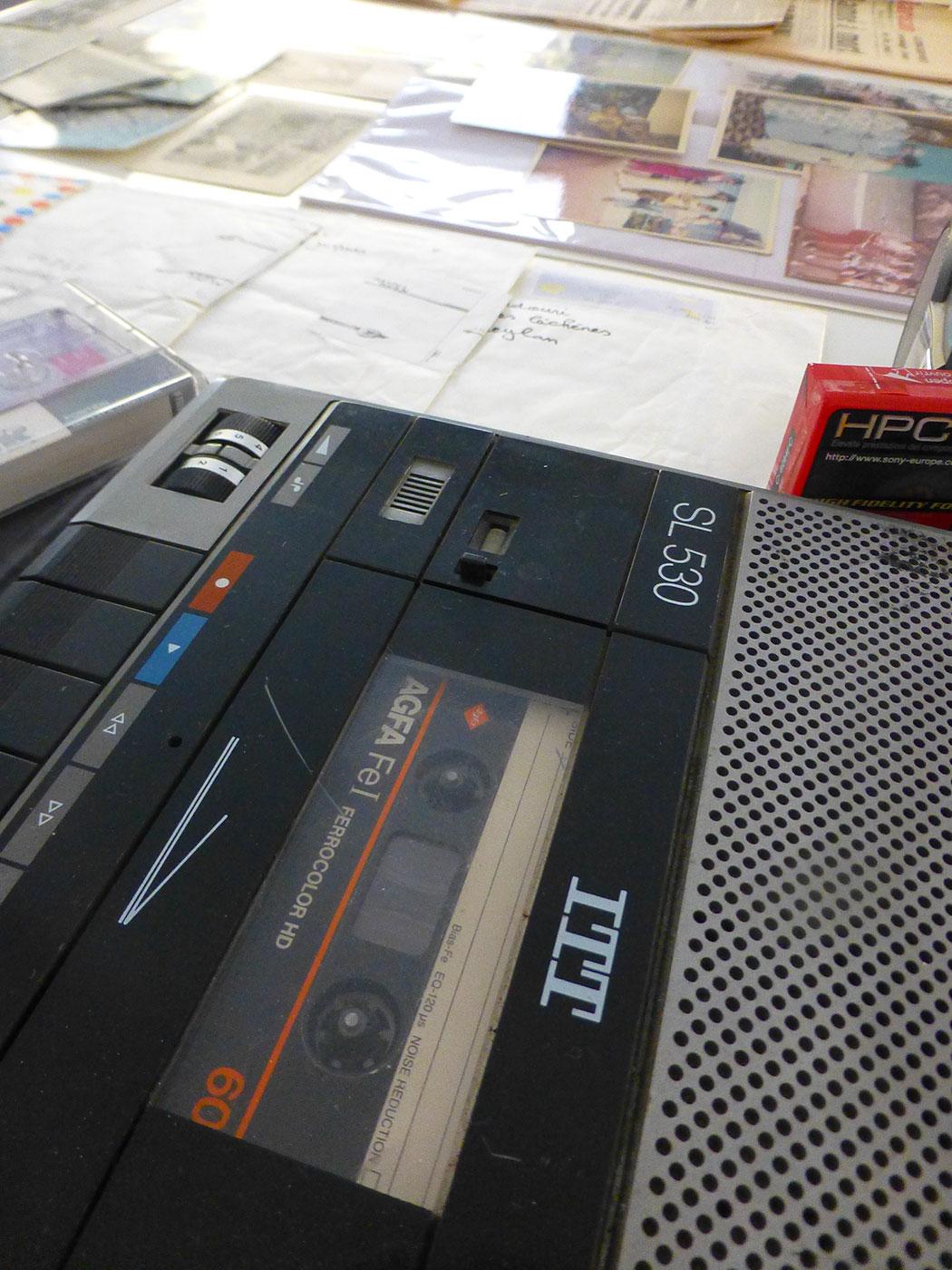
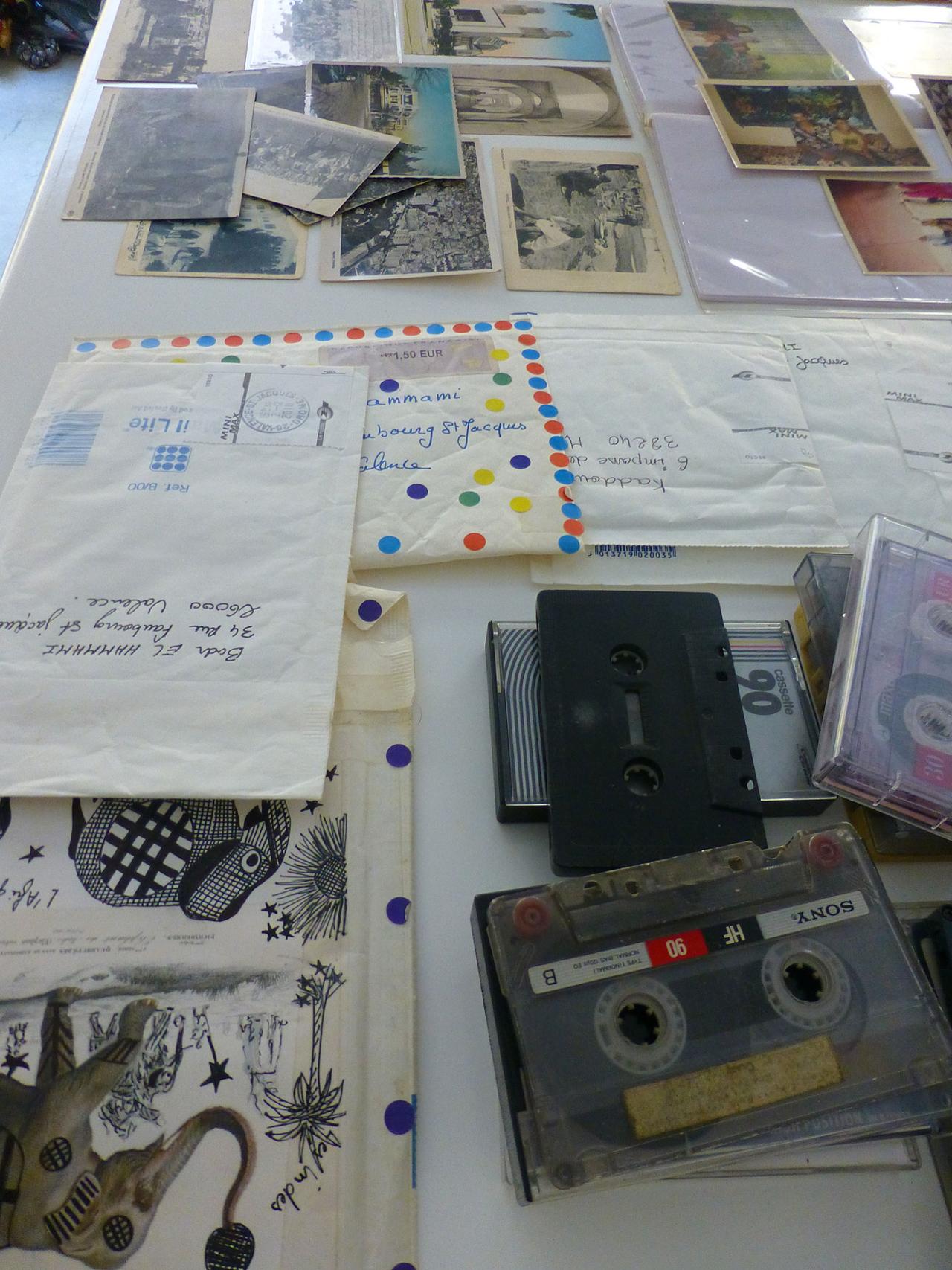

Exhibition view, artconnexion, Lille, 2019
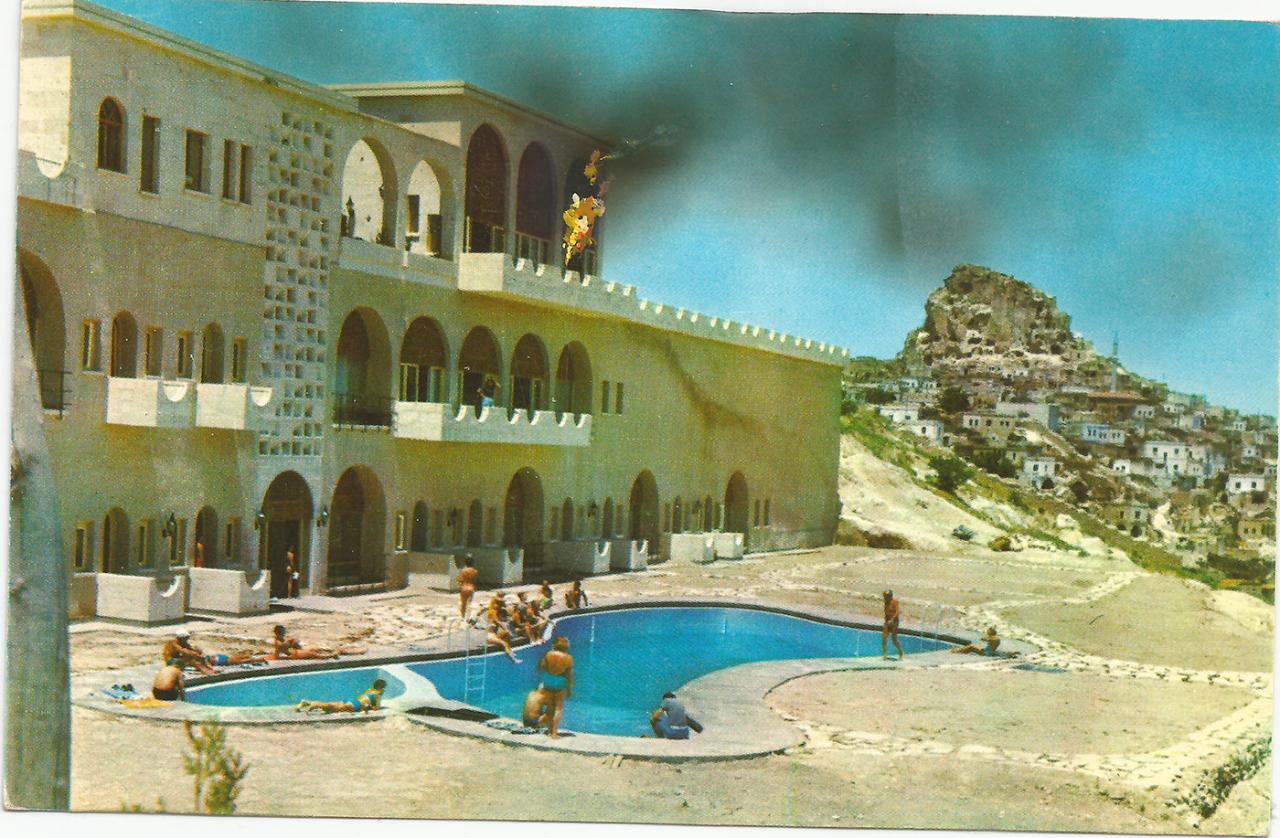
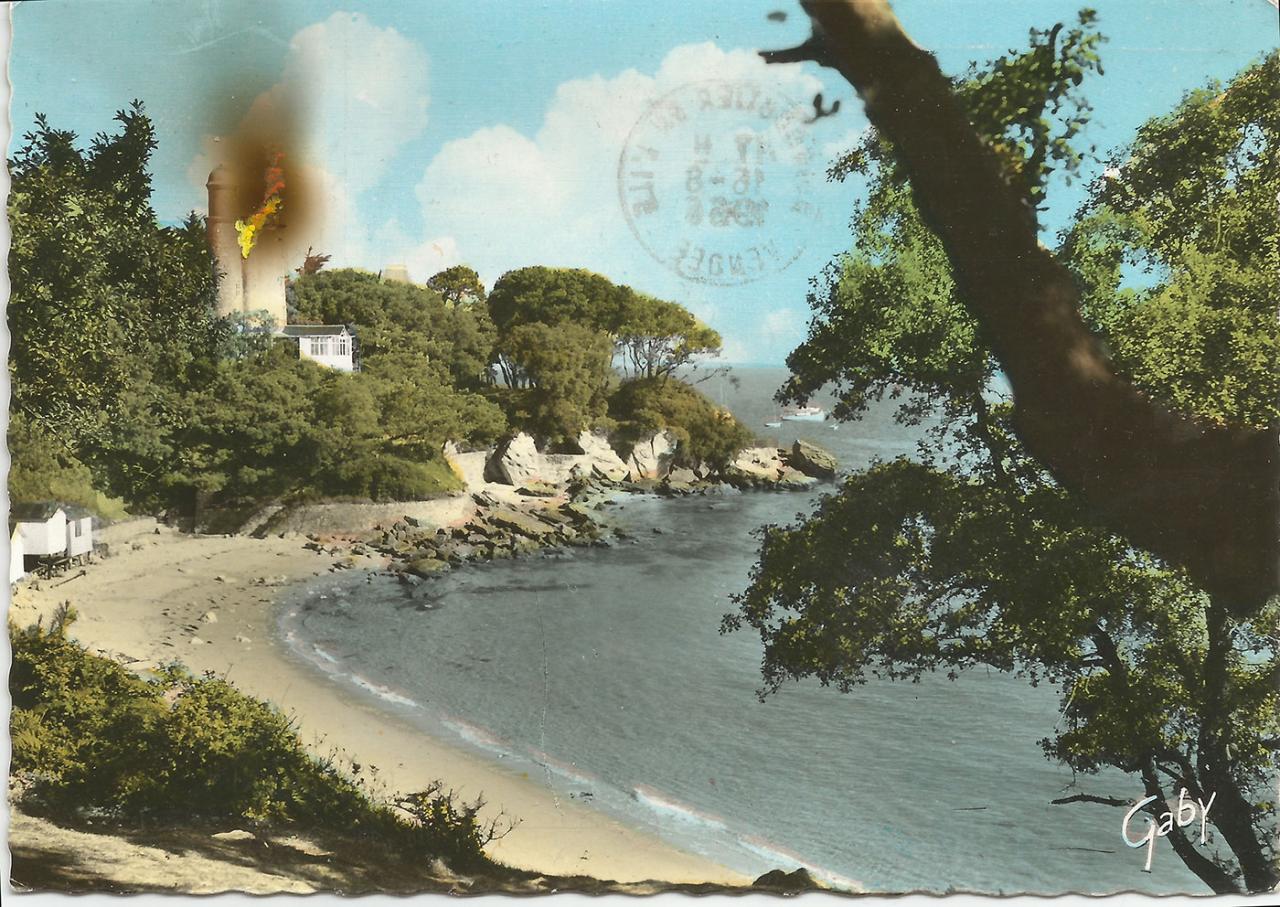
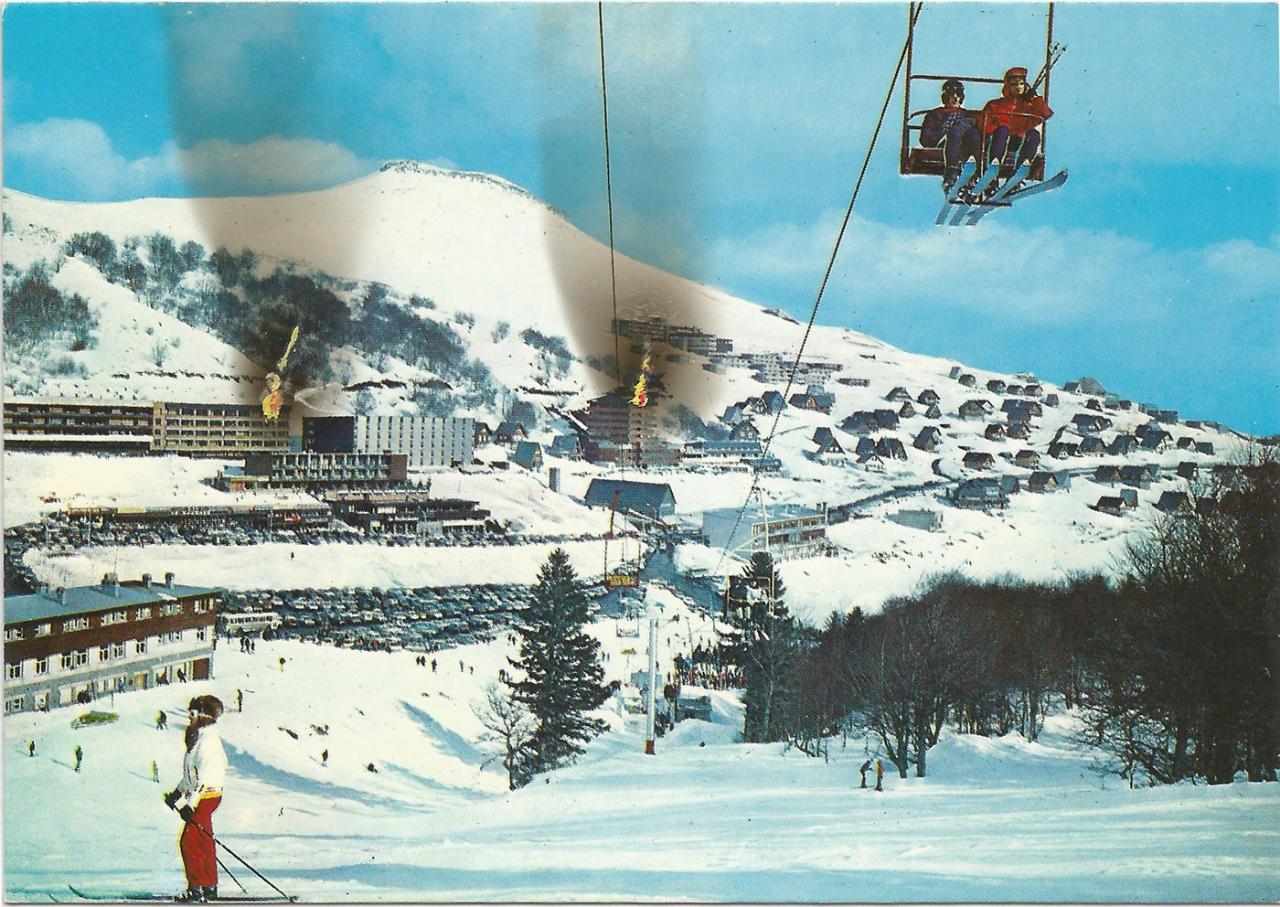
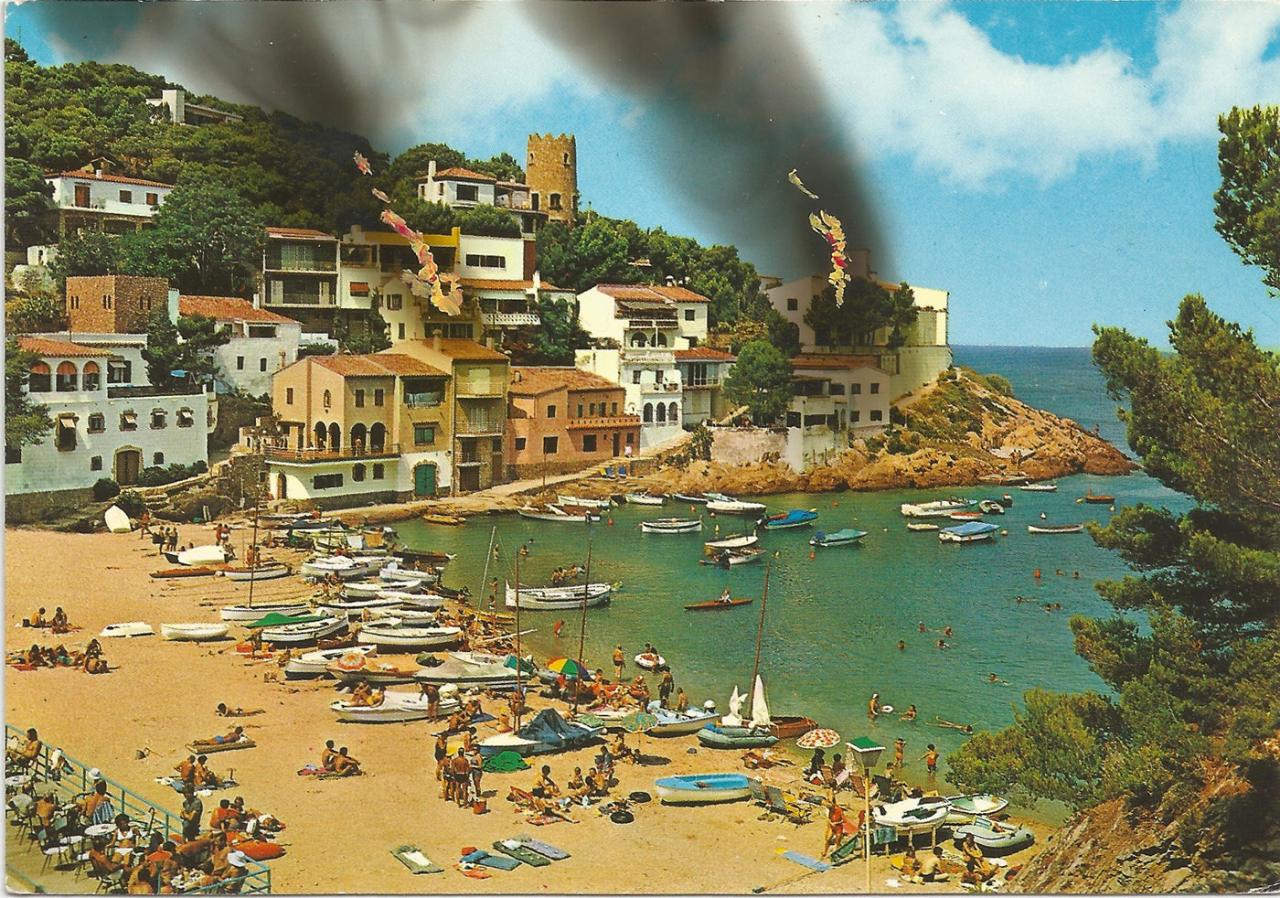
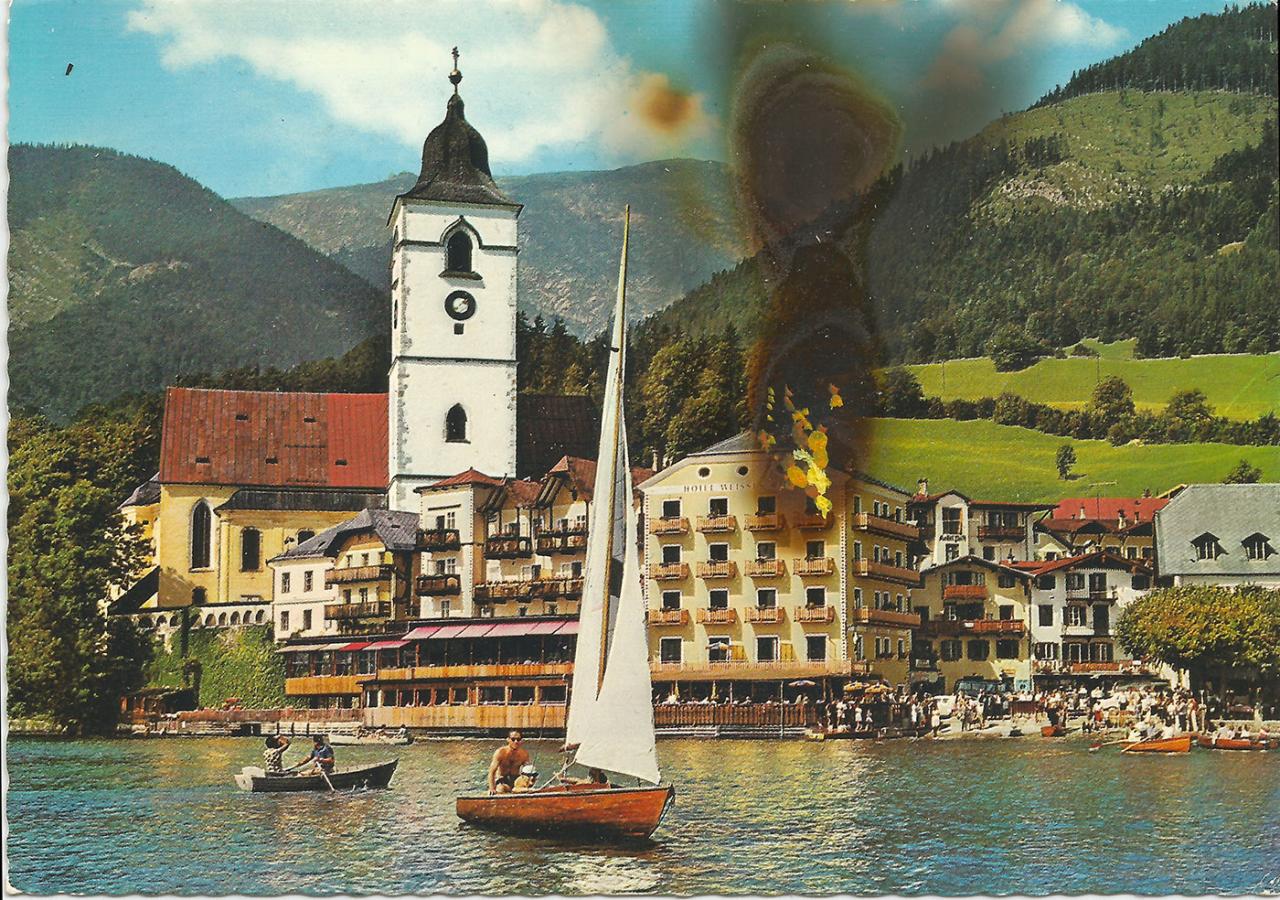
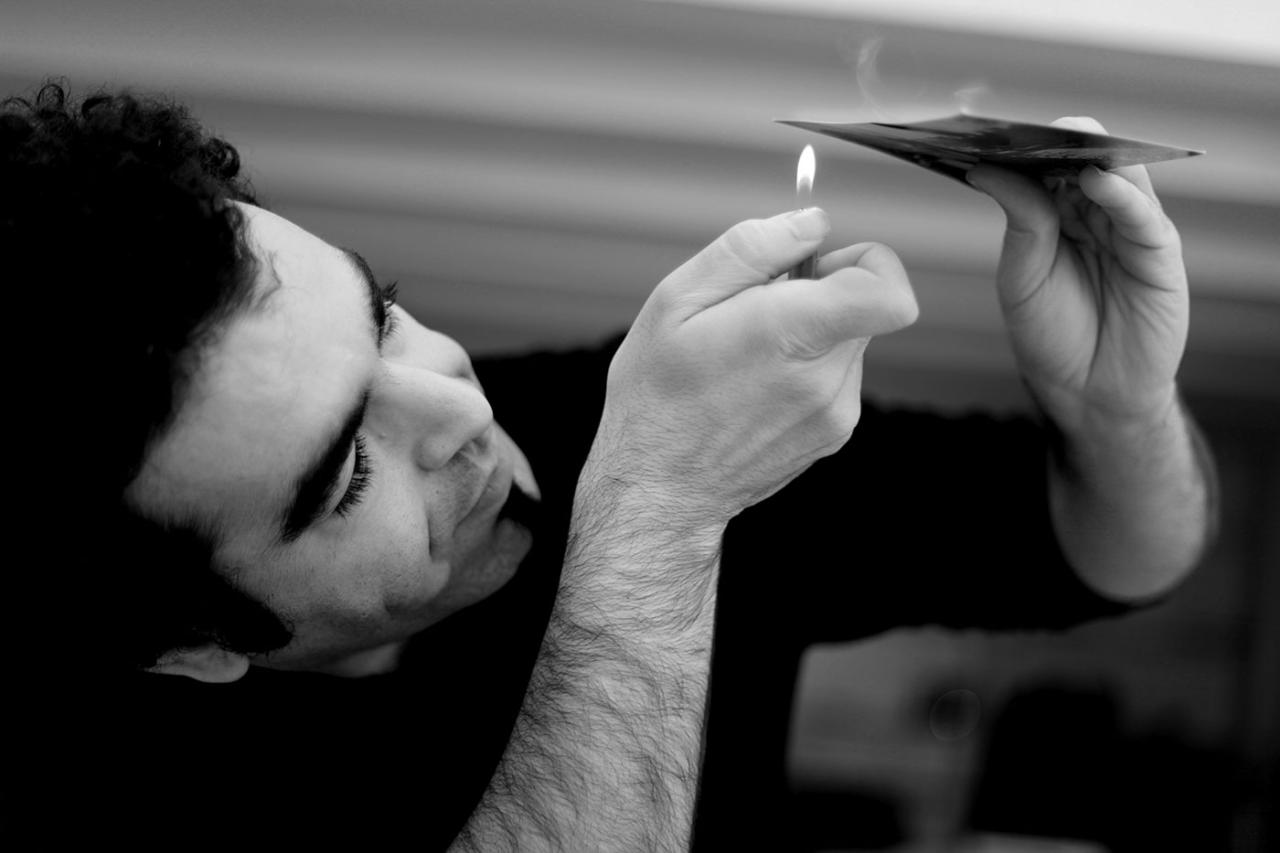
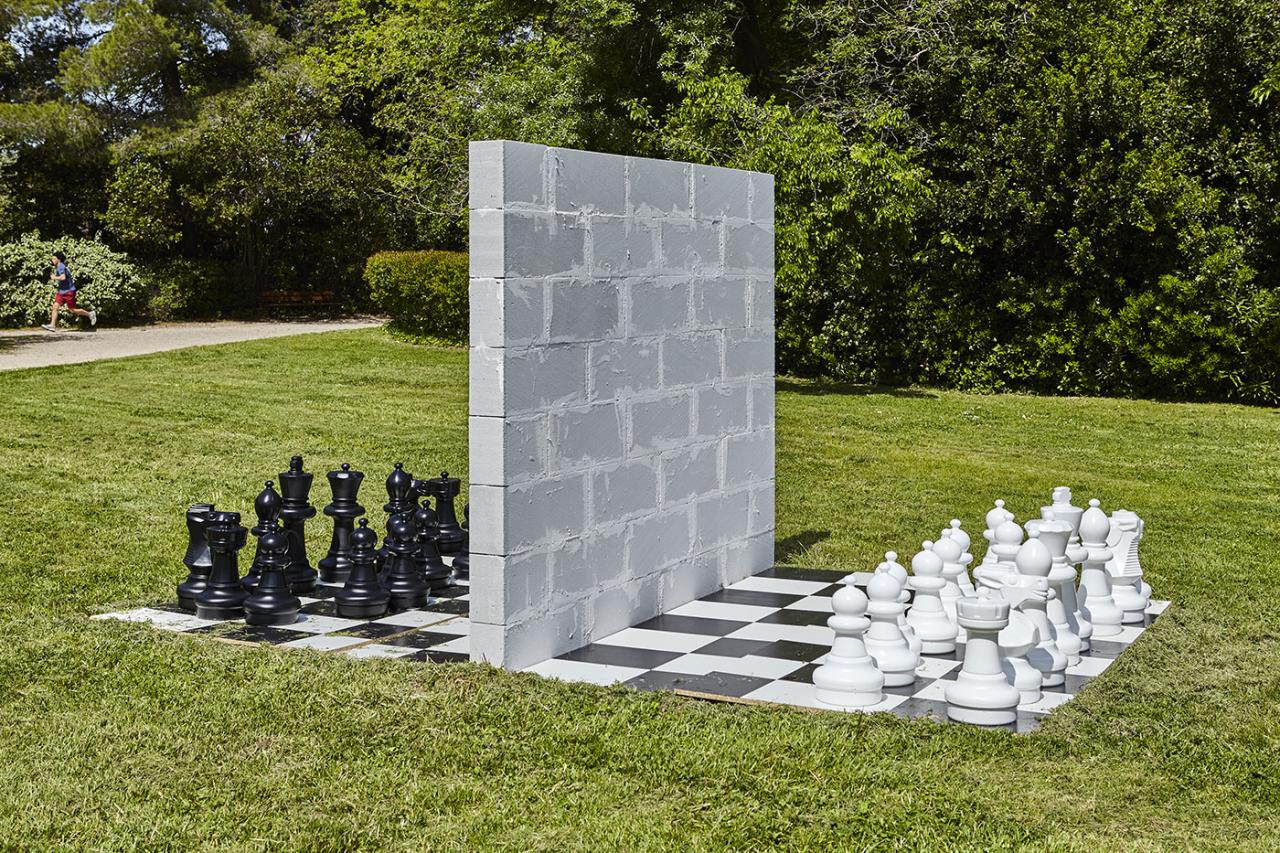
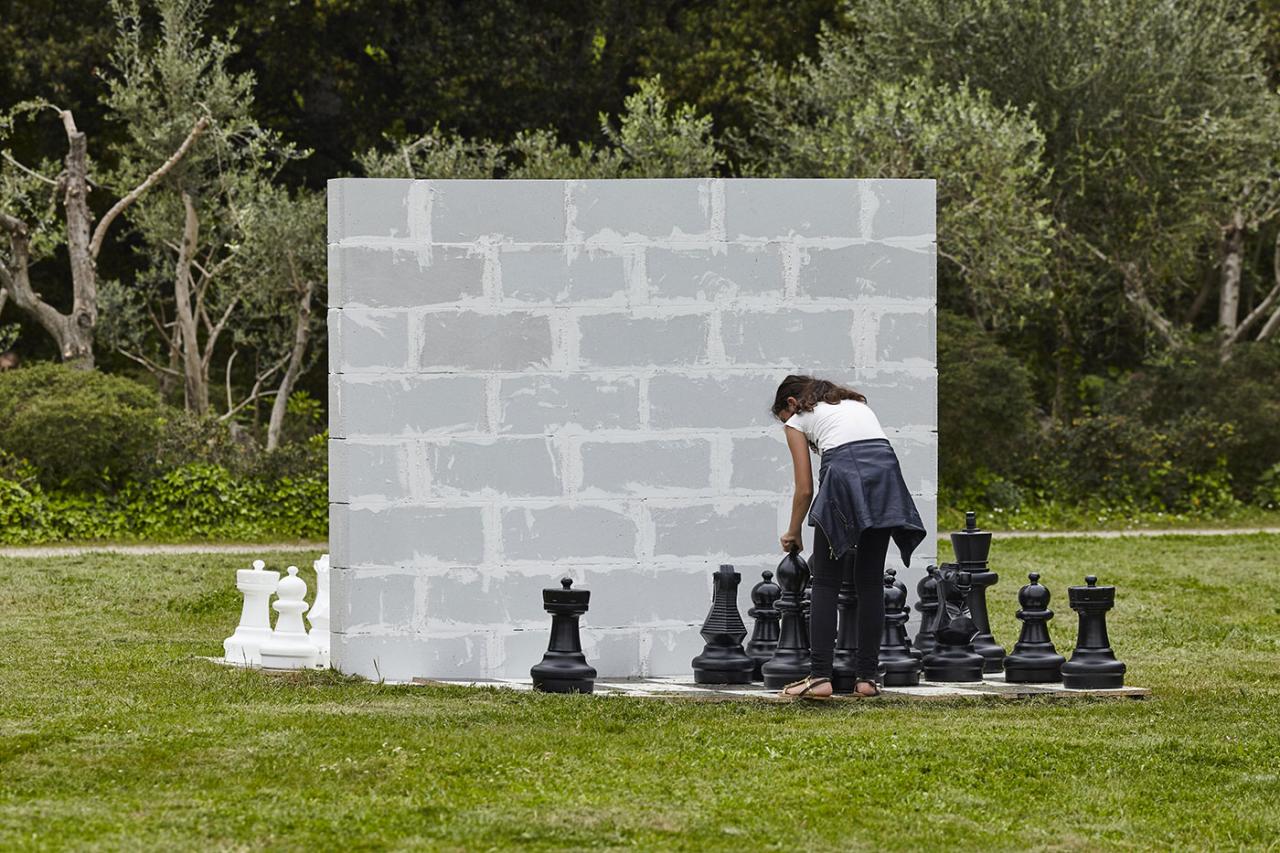
Vidéo